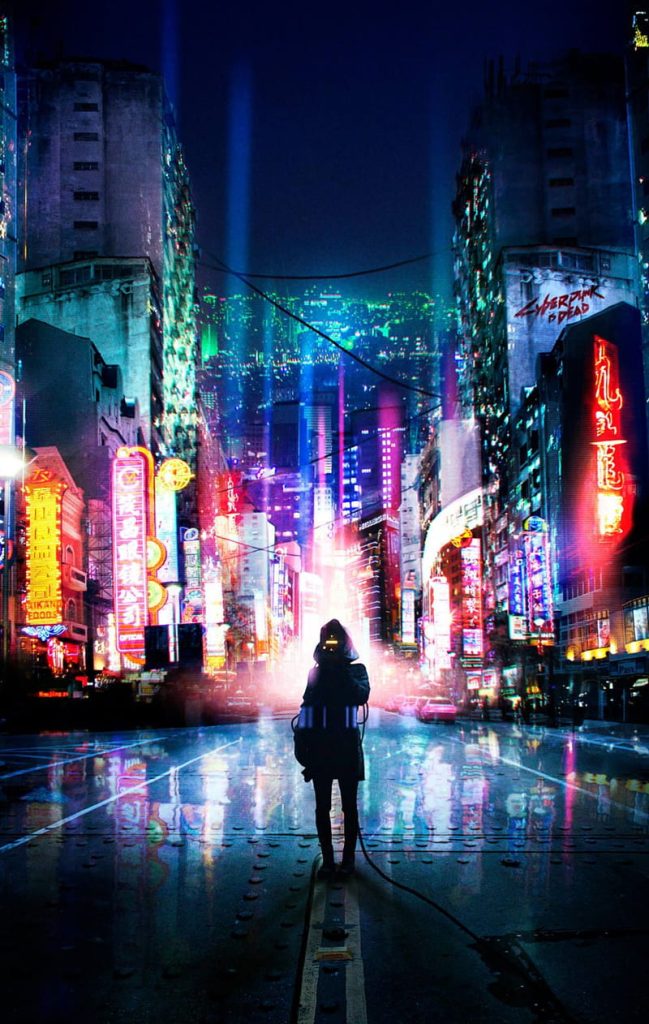Both Blade Runner (1982) and Neuromancer (1984) are seminal works of the cyberpunk genre, celebrated not only for their aesthetic but also for their deep exploration of societal decay, individual identity, and the consequences of unbridled technological advancement. By intertwining themes of urban sprawl and corporate dominance with human struggles for freedom, both works serve as profound critiques of the technological future.
In Blade Runner, Ridley Scott explores humanity’s relationship with artificial beings—replicants—raising questions about what it means to be human. The replicants’ rebellion against their pre-programmed lifespans highlights the ethical dilemma of creating life that is both sentient and disposable. The world of Blade Runner, with its polluted skies and overcrowded streets, reflects the cost of corporate greed. The Tyrell Corporation’s motto, “More Human Than Human,” reveals the ultimate irony: technological progress, meant to improve humanity, has instead commodified and dehumanized it. This dystopia is not just visual but moral, where the ethical boundaries of artificial intelligence are routinely crossed.
Similarly, William Gibson’s Neuromancer delves into the digital frontier of cyberspace, where the line between human consciousness and artificial intelligence is blurred. Case, the novel’s protagonist, navigates a world dominated by corporate entities, whose control extends into the digital realm, dictating the lives of individuals both online and offline. The artificial intelligence Wintermute, central to the story, underscores the tensions between autonomy and control, illustrating the dangers of creating systems that outgrow human oversight. Beyond its digital innovations, Neuromancer interrogates the human cost of these advancements, with characters like Molly, a cyborg enforcer, embodying the physical and psychological toll of technological enhancement.
Both works move beyond their dystopian visuals to critique the larger systems of power and control. The cities of Blade Runner and Neuromancer symbolize more than physical decay; they are reflections of a world where corporations dominate, technology perpetuates inequality, and individuals struggle to maintain agency in an increasingly dehumanized society. Together, these texts warn of a future where progress prioritizes profit over people, challenging readers to reconsider the ethical limits of technological innovation.



